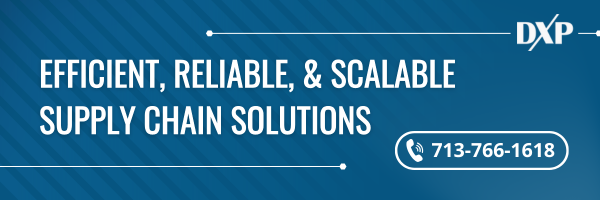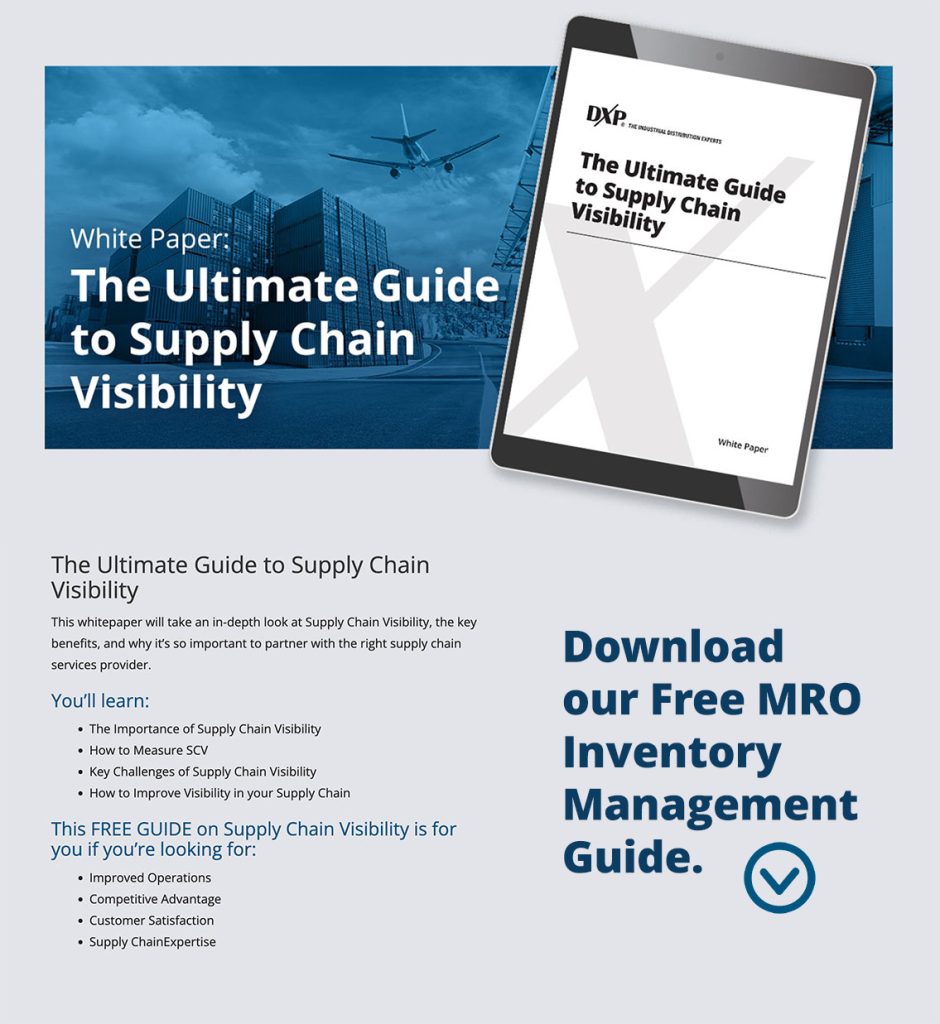
The Ultimate Guide to Inventory Management in Supply Chain
Your inventory management processes are a vital part of the supply chain process. Inventory management in supply chains ensures that companies maintain the right amount of stock to fulfill customer demand.
This guide will introduce you to the best practices in supply chain management and show you how they improve the world of business.
Why Is Inventory Management Important?
Supply chain inventory management impacts virtually every area of business. Because inventory represents a tangible company asset, companies can manage their revenue by managing their MRO inventory. And perhaps most importantly, inventory management can ensure greater customer satisfaction by meeting demand with speed and efficiency.
Benefits of Effective Inventory Management
Proper inventory management in supply chains can improve organizational efficiency by:
- Saving money by stocking only what you need
- Improving cash flow by stocking only what sells
- Satisfying customers by minimizing delays in inventory
Simply put, inventory management can reduce overhead costs while keeping your customers happy — which is good news for businesses of any industry.
Overcoming Inventory Management Challenges
Businesses can improve efficiency by overcoming common inventory management challenges, such as:
- Stocking too much unsold inventory
- Lacking inventory to fulfill orders
- Failing to keep track of inventory items and quantities
- Relying on manual processes that introduce errors
- Changing customer demands
- Utilizing warehouse space efficiently
You can overcome these challenges by implementing today’s best practices in supply chain inventory management.

How to Improve Inventory Management in the Supply Chain
Few things are as important to a business as inventory management. Improving your inventory processes can positively affect your overall MRO supply chain and keep your customers happy. Here are some of today’s best practices.
Use an Inventory Management System
An inventory management system is simply the process you use to keep track of your inventory. The right storeroom management software can help you monitor the inventory in your warehouse, track incoming and outgoing orders, and assist in your procurement process.
The simplest inventory management system is a spreadsheet, but most companies enhance their operations by leveraging digital solutions and software that can optimize their supply chain.
Keep Detailed Product Records
Inventory turnover is key to maintaining an efficient supply chain. Keeping detailed records of the items in your inventory will help you evaluate what’s working (or selling) and what’s not. Track information such as:
- Product names
- SKUs
- Barcode data
- Lot numbers
- Supplier details
If you introduce the right technology, you can track this data through a centralized system for better efficiency and transparency.
Regularly Audit Your Inventory
How often are you moving inventory in and out of your warehouse? Regular audits can help you better understand your current needs or where you’ve made the mistake of overstocking.
Some companies audit their inventory annually, while others do so monthly or even weekly. The right inventory management system can give you end-to-end transparency, making it easier to take stock of your current inventory.
Maintain a Relationship with Your Suppliers
Suppliers can make or break a supply chain. By maintaining regular communication with your vendors and suppliers, you’ll be notified when items are out of stock or when certain products become available.
Given the recent supply chain challenges, many companies are finding it helpful to build relationships with multiple vendors. Purchasing from local suppliers can eliminate some of the challenges and costs associated with purchasing from long-distance (or even international) companies.

Integrate Technology Where Possible
Your supply chain can benefit from digital supply chain inventory management tools. The right platform can offer benefits that include:
- Real-time data of your current inventory
- End-to-end visibility of your entire supply chain
- A centralized hub to manage incoming and outgoing orders
- Integration with other software tools, such as accounting
- Automation of key processes
Together, these benefits can make a business more agile and efficient. Not only will you eliminate the errors that come from manual data entry, but you’ll empower your teams to better manage your inventory and orders thanks to an integrated hub.
Discover DXP’s Inventory Management Solutions
Inventory management in supply chains is of strategic importance for any business. DXP can help. Our smart solutions can streamline your supply chain process and give you better visibility and control over your inventory and orders. To learn more, explore DXP’s supply chain services today, or contact us for more details.

